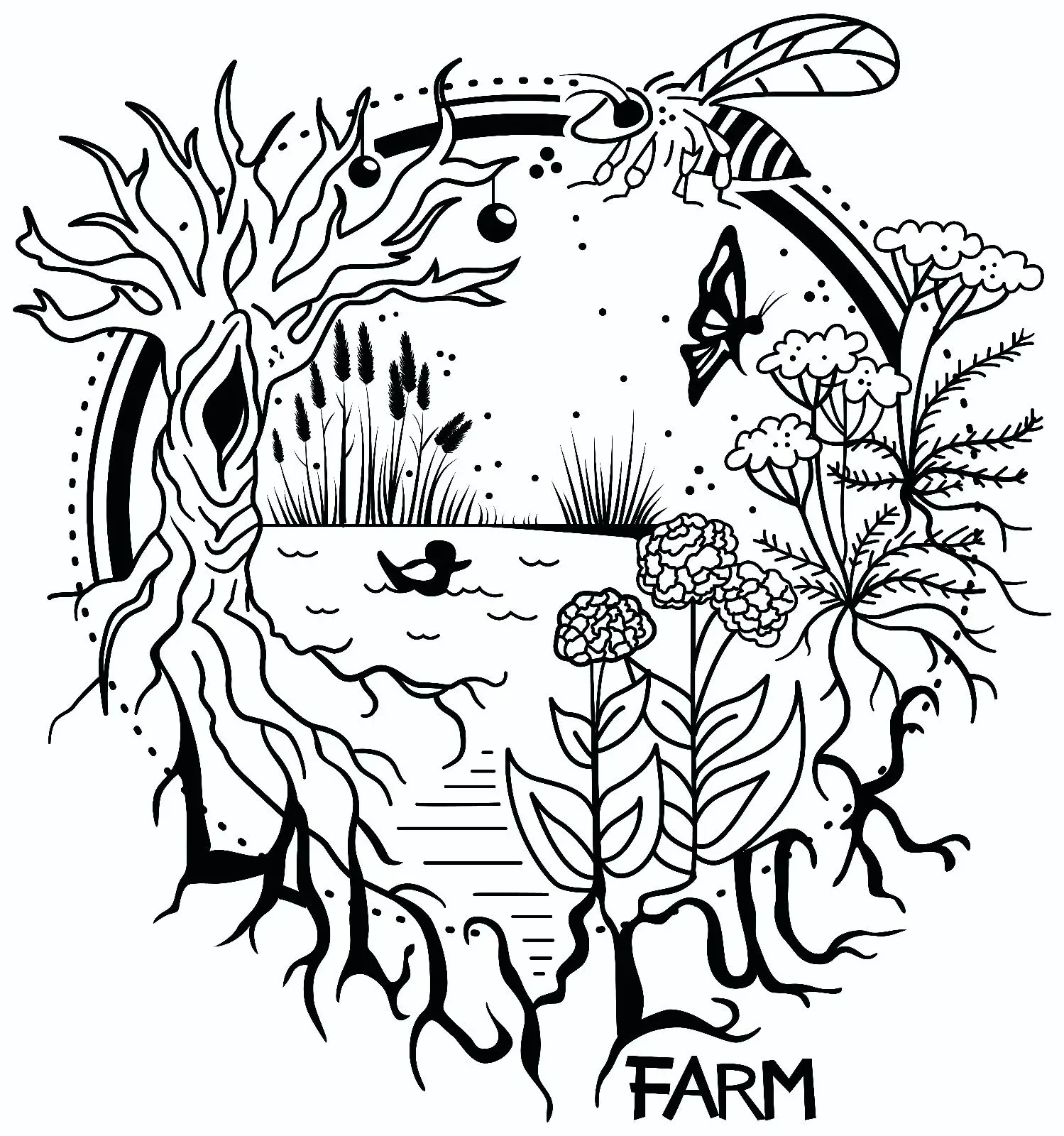Username checks out
Small scale permaculture nursery in Maine, education enthusiast, and usually verbose.
- 196 Posts
- 1.25K Comments

I’m now up 40 echinacea and 15 lilacs and 40 assorted elderberry (not pictured), with mulching of the pots still to be done after I sift the mulch.

Everything in the low tunnel is starting to take off too! There’s about 20 feet / 6 meters of space under this greenhouse poly - the pallets are keeping the pvc frames in place and the potted trees that are too vig to fit under the cover are keeping the poly in place very nicely. They seem to be quite happy receiving the ambient heat from the low tunnel, which is getting to some nice summer temperatures even on our chilly days.

 2·4 days ago
2·4 days agoNo, but I’ll try to keep this conversation in mind the next time I go and ask
I am not really a cucumber enthusiast, but ‘Longfellow’ might be worth growing. The seed core looks fairly robust for these, and it’s the only one I’ve spotted where the description talks about the flesh being melty

 2·8 days ago
2·8 days agoIt’s in the area, but our nursery friend’s trees have been unaffected so far. It’s possible that the other batch came from an improved stock / from transgenic trees but I don’t seem to have confirmation in my notes
Welcome! We’re glad to have you here!

 3·10 days ago
3·10 days agoSo far it’s all spring onions for us, but I’m seeing the sorrels I split last fall coming back as of the past few days.

 3·10 days ago
3·10 days agoThey’re american chestnut, several given to us by a friend without any kind of cultivar information. We’ve also got another nursery owner who’ll sometimes give me a bag of horse chestnut seeds when the trees that line his property have a good year
It’s not so much the crop you’re growing, but the weedy species around the growing space which will try to get to that space and will entangle themselves in the plastic interweave. Trying to remove them by pulling will just rip some of the material apart, which means bits of plastic left behind and greater opportunities for even more weeds to make it through.

Juniper helped dig up and split her very first plant, but very much enjoyed pulling them back out when we were potting up the cuttings.
We got accepted to both of the farmer’s markets we applied to this year, which means I wont have to find homes here ror the thousand-plus plants I started in our house. And the weather and overnight lows are finally reaching a point where I can start hardening off and transitioning them outside.
Today we’re out turning over the raised beds and surrounding mulch and soil to rebuild the beds, which I’ll do every few years. The chickens are out appreciating the easy access to the bugs and double checking on my angles of repose
If you mean agricultural felt, carry on. Other than that, most woven landscape fabrics are plastics and will not only break down and get into the soil but also make removing plants which grow through it harder to manage or remove
We’d love to see your project over in Nature & Gardening! I don’t know what your litter bags are like but your local library is likely to have old issues of newspaper that would also do the trick with a few layers put down. Some of those bags can have plastics which will break down and get into the soil organisms that do all that nutrient cycling for your plants, and your food.

 6·16 days ago
6·16 days agoI’ve hung out with the Reel Big Fish and Streetlight Manifesto, and met Bruce Springsteen. Everybody was super down to earth and chill.
Once I was at a punk festival and chatting with a stranger about which upcoming sets we were excited for, and when this person was unfamiliar with a classic punk band I exclaimed “how can you not know Joan Jett and the Blackhearts?” only to hear that sentence repeated by someone behind me. It was Joan Jett, and I got to hang out on stage with their VIP group during their set.

 2·17 days ago
2·17 days agoVery cool!

 5·18 days ago
5·18 days agoThe snow we’re getting today doesn’t seem to be sticking but our lows tonight and tomorrow are definitely NSF wee plants
This looks delicious and beautiful!

 9·19 days ago
9·19 days agoWe have 2 apple, two plum, two pear, three American persimmon, roughly a dozen seedling pawpaw, hickory, and chestnut trees, plus others that are more ‘ecosystem service’ than production trees. The apples and plums are the only ones at production age at the moment. I prune the trees to maximize airflow and sunlight, and train branches to achieve near-horizontal angles. One of our apples is at around 45 degrees relative to the ground and I trim the branches that would grow into the soil.
For shrubs, we have four varieties of raspberry (R. idaeus) and one variety that’s R. oderatus, but maybe 6-10 of each currently. I like to leave three canes upright but will pin last year’s canes to the soil to propagate. The R. oderatus I’ll prune with heading cuts to stimulate suckering. We also have blackberries, black raspberries, blueberries, haskaps, hazelnuts, nan king cherries, spicebush, carolina allspice, elderberry, serviceberry, bayberry, and several kinds of fruit-bearing Viburnum. We’ve also got some grapevines, hardy kiwi, and passionfruit (P. incarnata). We like to mix annual veg into these spaces alongside our perennial herbaceous plants like sorrels, sage, comfrey, bergamot, mints, and others.
We make compost from our poultry bedding, which is mostly made up of wood chips that we get from a number of arborists in our area. We also use the chips for our foot paths and will use last year’s paths as additional mulch on the gardens they border.
We’re in USDA zone 5, but I really prefer the Trewartha climate system, which places us in zone Dca. I also think the Köppen climate system, which Trewartha is based on, is pretty nifty.
While I don’t know just how popular they are here, the replies so far are heartening and food/fruit forest and other permaculture/regenerative gardening posts will be welcomed for as long as I’m allowed to be one of the mods

I’ve already got a botanical illustration of my favorite plant on one arm, this one will go on the other as a celebration of my daughter, Juniper.








Very cool! I applaud the coarseness of the mulch you’ve used